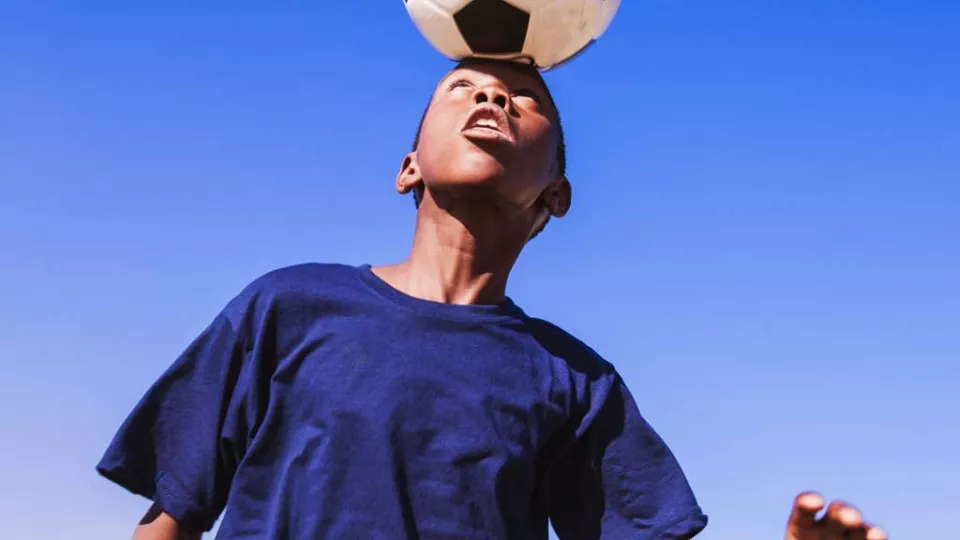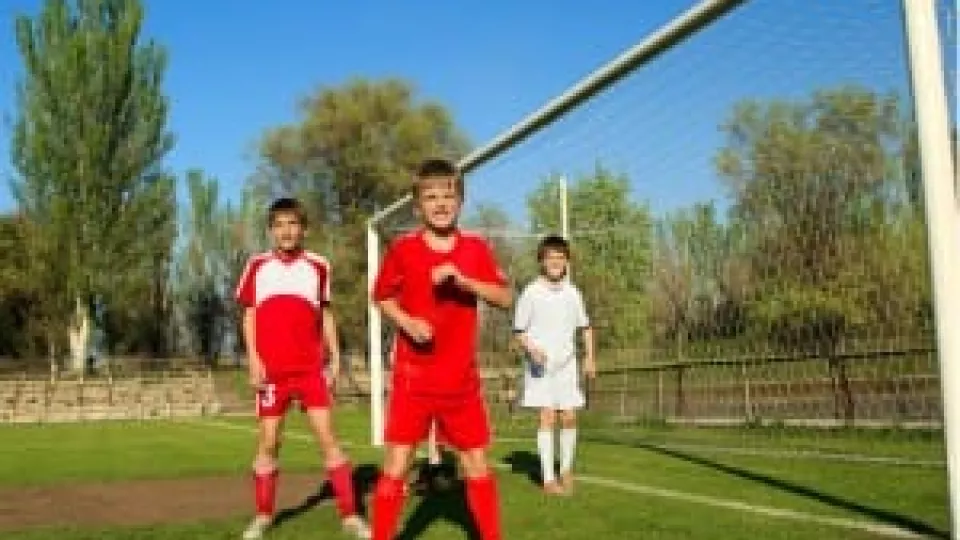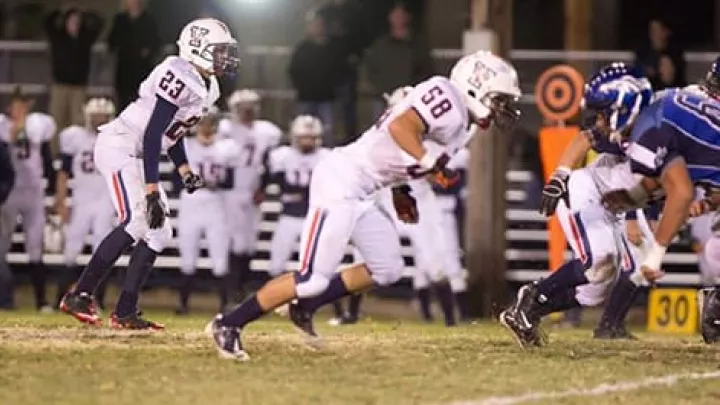
Concussions: Know the Signs and How to Care for Your Child
Sports Concussion Program at Children’s Hospital Los Angeles and medical director of the hospital’s Jackie and Gene Autry Orthopedic Center Sports Medicine Program.
I meet with parents often in the Sports Concussion Clinic at Children's Hospital Los Angeles. One time, I met a soccer mom whose 10-year-old son sustained a concussion when a ball blindsided him in the head during practice. She explained her frustrations, common to many parents, as she didn’t know what to do: How do you know when a concussion occurs? When do you seek medical help from a physician? How do I help my child feel better?
With the excitement around the 2014 FIFA World Cup and children become inspired to pick up a soccer ball and become a star, what an ideal time to educate parents on concussions—common in soccer and other sports. I’ve treated many pediatric concussion injuries like a concussion specialist and primary care sports medicine physician at CHLA. As a team physician for the Los Angeles Galaxy professional soccer team and other soccer teams, I see first-hand how common concussions occur in soccer and many other sports. Continue reading to learn about concussions, how to identify if your child has one, treatment and when to know the right time for your child to return to their favorite sport.
What is a concussion?
A concussion is a mild injury to the brain that disrupts how the brain normally works. Concussions are caused by a hit or jolt to the head that causes the brain to move around inside the skull; this may be a direct hit or just a quick change in motion that causes the head to rotate quickly. Sometimes the actual event may not even be recalled by the athlete or be noticed by witnesses.
How do I know if my child sustained a concussion?
Concussions can cause many symptoms. Symptoms are not always obvious so it’s important to know what to look for and when to suspect a concussion may have occurred. Some of these symptoms can appear immediately, but others may not appear for several hours or days. If you suspect a player has received a concussion, do not allow him or her back in the game. Have them sit in a quiet, shaded area and do not leave them unattended. Here are some of the common symptoms associated with concussions:
- Change in vision or hearing
- Emotional changes: Irritability, sadness, and anxiety
- Feeling dazed, dizzy or confused
- Forgetting what happened around the time of the injury
- Headache
- Losing consciousness
- Nausea or vomiting
- Sensitivity to light or noise
- Trouble concentrating, difficulty remembering, slowed thinking
While the list of possible symptoms is long, even the presence of one or two symptoms in the setting of sports participation (practice, games or casual play) should raise suspicion of a possible concussion. If you have any concern a concussion may have occurred, it’s important to get it checked out by a physician with experience in concussion care.
Some symptoms are clues that there is something even more serious than a concussion going on and will require immediate evaluation by a doctor. If any of the following “severe symptoms” occur, visit a doctor immediately:
- Difficult to wake up
- Increasing confusion
- Multiple vomiting episodes
- Seizure
- Severe, worsening headache
- Strange behavior
- Trouble walking
- Weakness of any extremities
How is a concussion treated?
Rest! Rest is the best medicine when it comes to concussion. After a concussion, being more tired than usual is normal so let your child go to bed early, sleep in and take naps. Rest includes a break from all exercise and athletic activity as well as cognitive rest. Cognitive rest means giving the brain a break from thinking. That means no texting, computer time, email, phone calls, video games or loud music/television. Additionally, kids may need to stay home from school and refrain from intense studying or reading.
Concentrating and paying attention can be a challenge after a concussion, so as your child starts to feel better and is ready to begin some schoolwork start slowly with short intervals of studying (30 minutes or less) at a time. Taking breaks is essential to avoid over-working the brain and causing a recurrence or worsening of symptoms. Being observant of resting right after a concussion will enable the speediest recovery and return to sports possible. Your doctor, who is experienced in treating concussions, can help you determine when your child is ready to return to school work and sports.
Do I need to wake up my child during the night after a concussion?
No, as long as your child has been behaving normally, eating well and not demonstrating any “severe symptoms” before going to sleep then let your young athlete sleep. Rest is the number one best remedy for concussion so it’s best if we don’t interfere with it.
When can my child return to sports?

Once all the symptoms are gone, a doctor will evaluate your child and determine if they are ready to return to school and sports. For most athletes with mild concussions, symptoms resolve within seven to 10 days but all athletes and injuries are unique. The doctor will evaluate your child with tests of memory, concentration, balance and more.
What happens if my child goes back to sports too soon after a concussion?
While most young people recover from a single concussion, everyone’s recovery occurs at their own rate. If an athlete returns to activity before the symptoms have gone away, concussions can result in prolonged headaches, poor school performance and many other post-concussive syndrome symptoms. Also, another blow to the head while the initial concussion is still healing can occasionally result in fatal brain swelling—a condition known as second impact syndrome.
- When in doubt, sit out: If you think your child may have had a concussion, get it checked out by a doctor before letting your young athlete go back to activity.
- Use the correct technique in sports: Don't hit "head first" in football. Don't head the ball with elbows up in soccer. Make sure your young athlete has appropriate neck strength before heading the ball in soccer or making a football tackle.
- Use safety measures well: Make sure pads are appropriately positioned on goal posts, helmets are well-fitting and soccer balls are the appropriate size and inflation.
I hope this blog post empowers you to be aware of your child’s technique in sports (especially soccer and football), recognizing signs and symptoms of concussion and how to care for your child at home. Please share this with your friends and family on your favorite social media channels!


